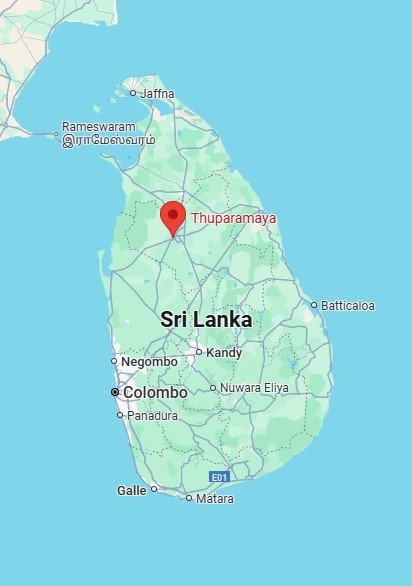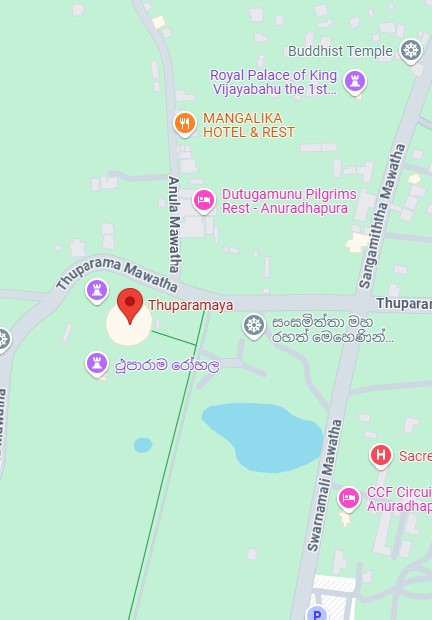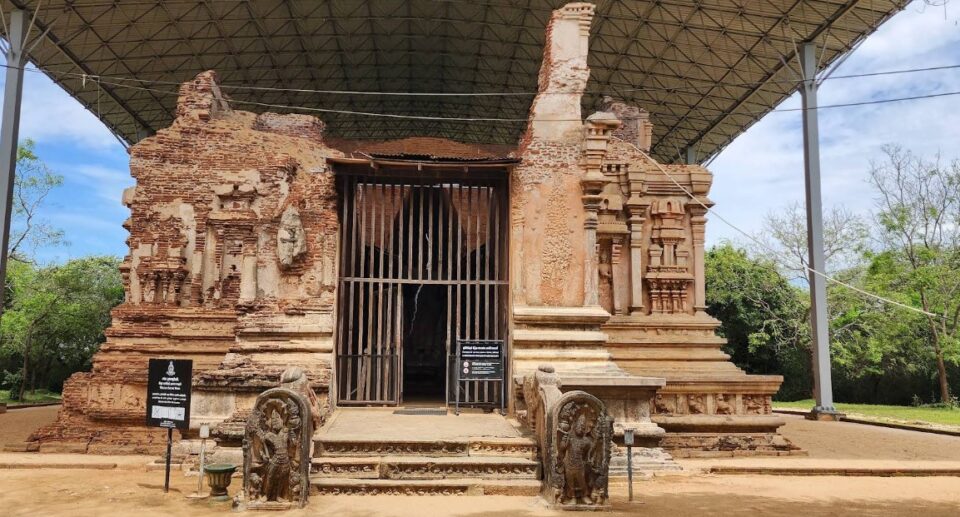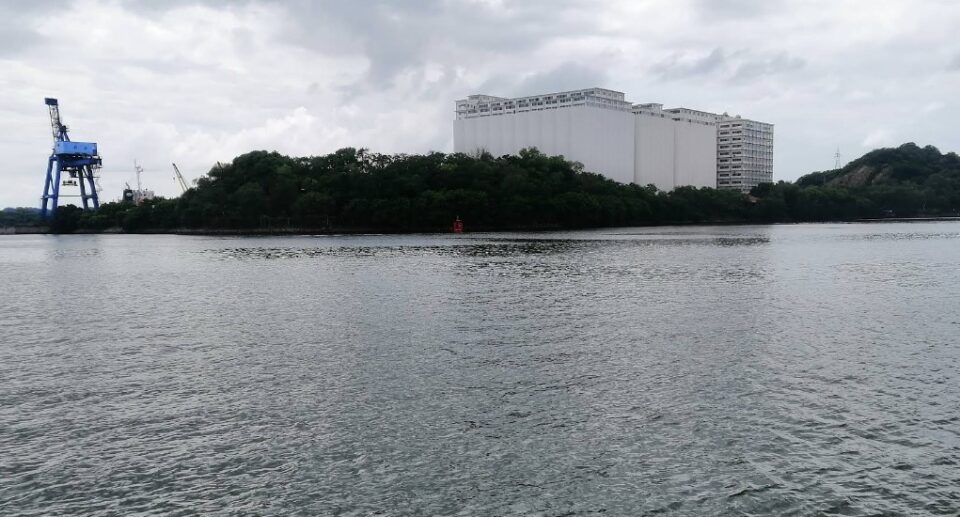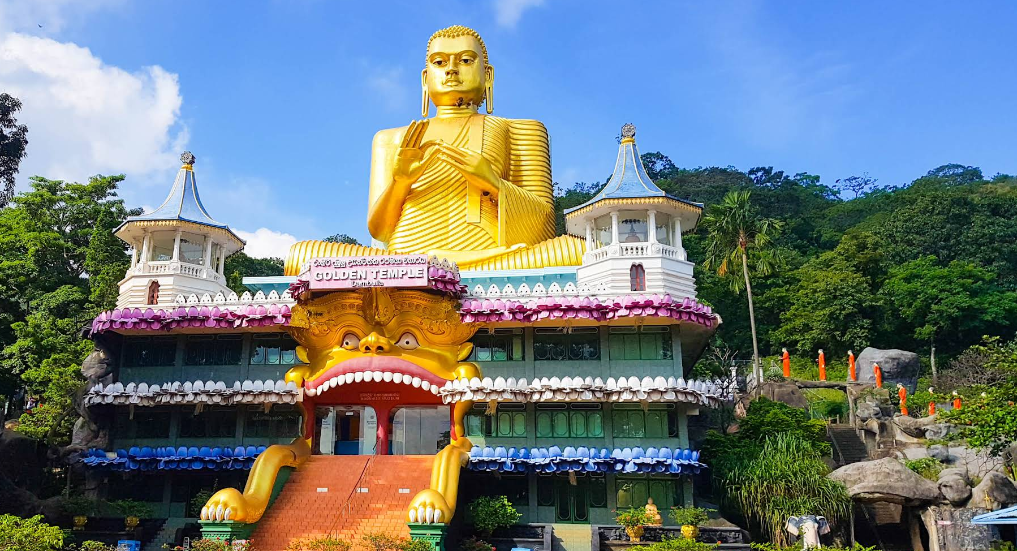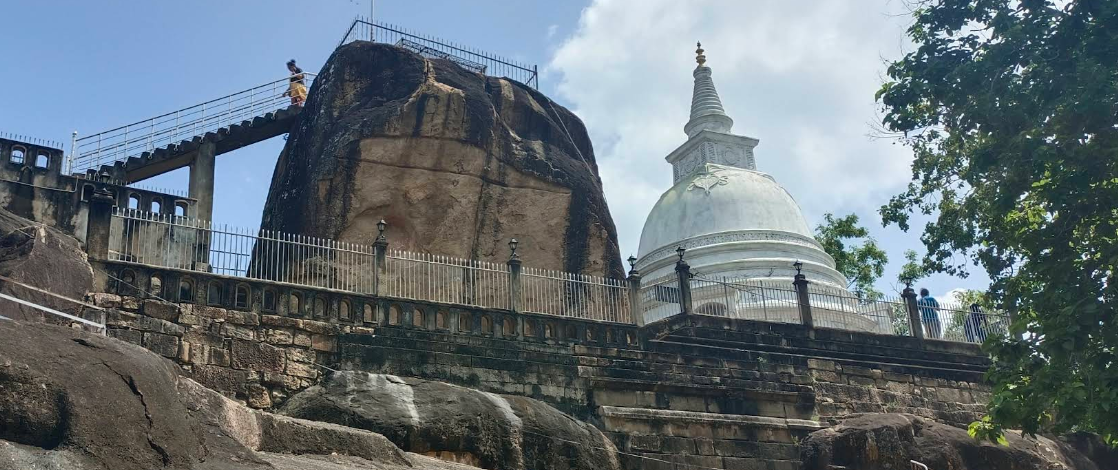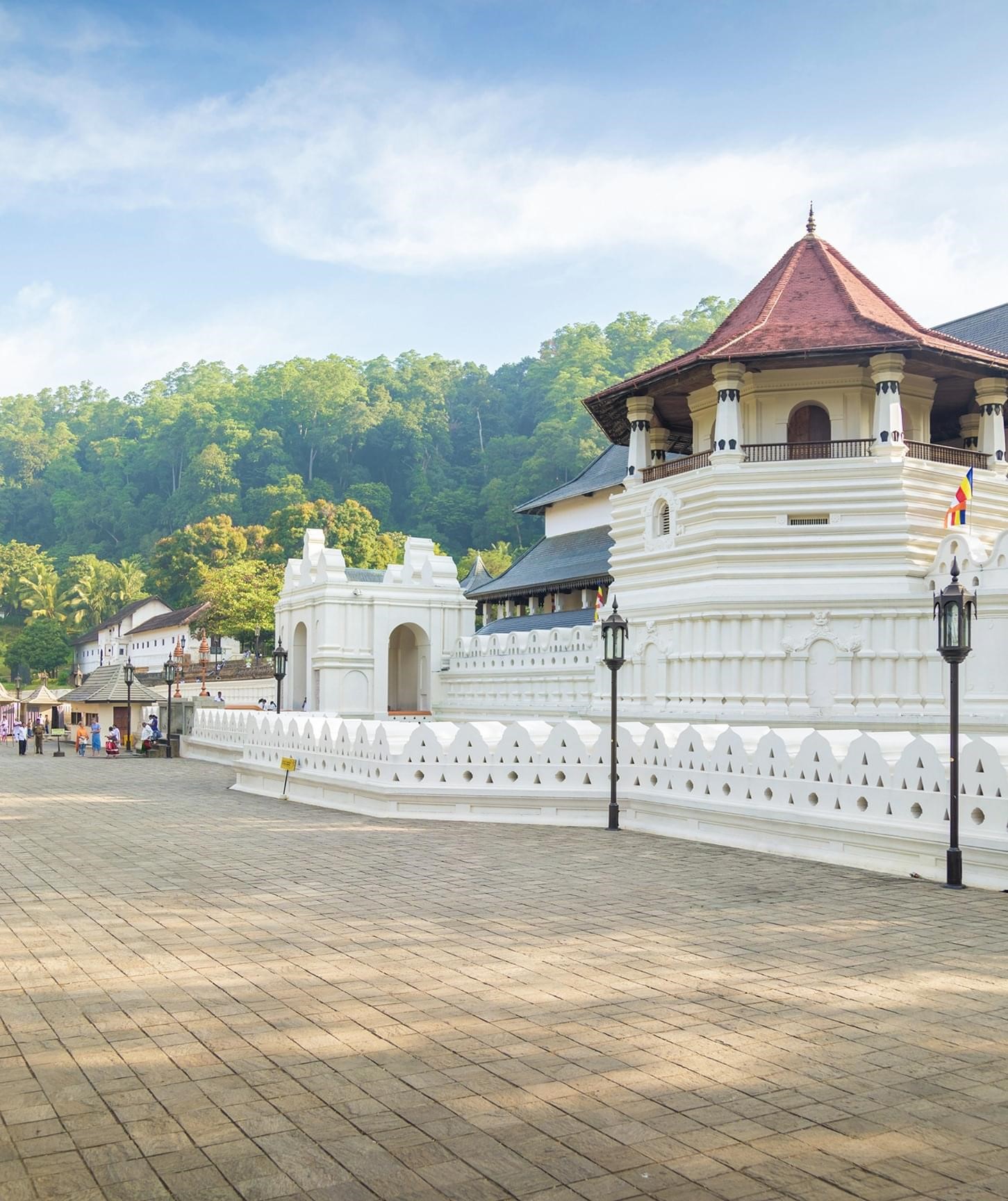Thuparamaya Temple: The First Stupa of Sri Lanka
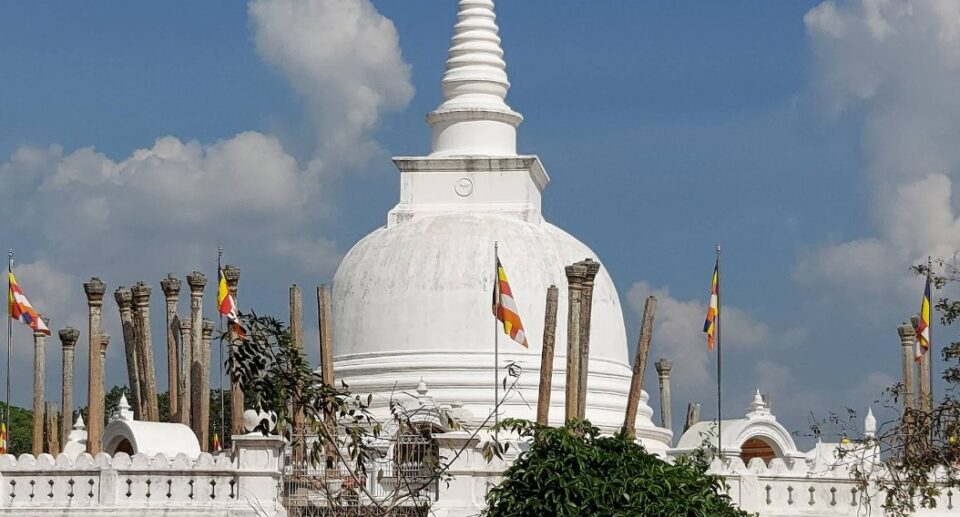
Sri Lanka is renowned for its profound connection to Buddhism, one that dates back over two millennia. One of the most venerated and historically significant Buddhist temples in the country is the Thuparamaya Temple, which is located in Anuradhapura, the first ancient capital of Sri Lanka. As the earliest stupa (or dagoba) built after the official introduction of Buddhism to the island in the 3rd century BCE, Thuparamaya is a timeless symbol of religious heritage, architectural innovation, and national identity. Revered by pilgrims and respected by historians, it continues to play a leading role in Sri Lankan religious and cultural life.
Historical Background
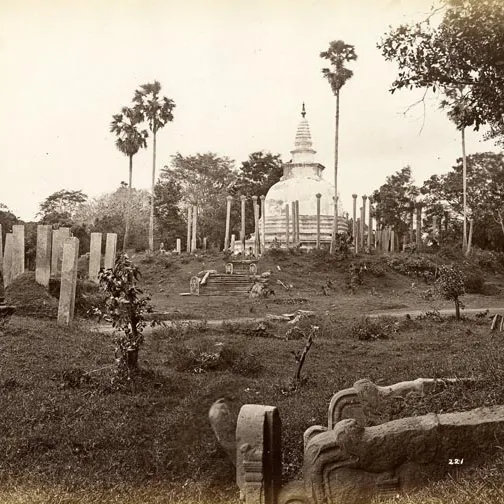
The history of Thuparamaya is inextricably intertwined with the introduction of Theravāda Buddhism to Sri Lanka. During the 3rd century BCE, during the reign of King Devanampiya Tissa, Buddhism was officially introduced to the island by Arahat Mahinda Thera, the son of Indian Emperor Ashoka. In commemoration of the importance of this religious revolution, King Tissa sponsored the construction of several religious buildings, the first and most important of which was Thuparamaya.
Built around 247 BCE, Thuparamaya was built to enshrine the right collarbone relic of the Buddha and is therefore the oldest stupa on the island. It is believed to be built where the first meeting between King Tissa and Arahat Mahinda took place, which marked the beginning of a new religious chapter in Sri Lankan history. Etymology of “Thuparamaya” is thought to derive from “stupa” and “aramaya” (monastery), indicating that it was both a reliquary and a monastery for monks.
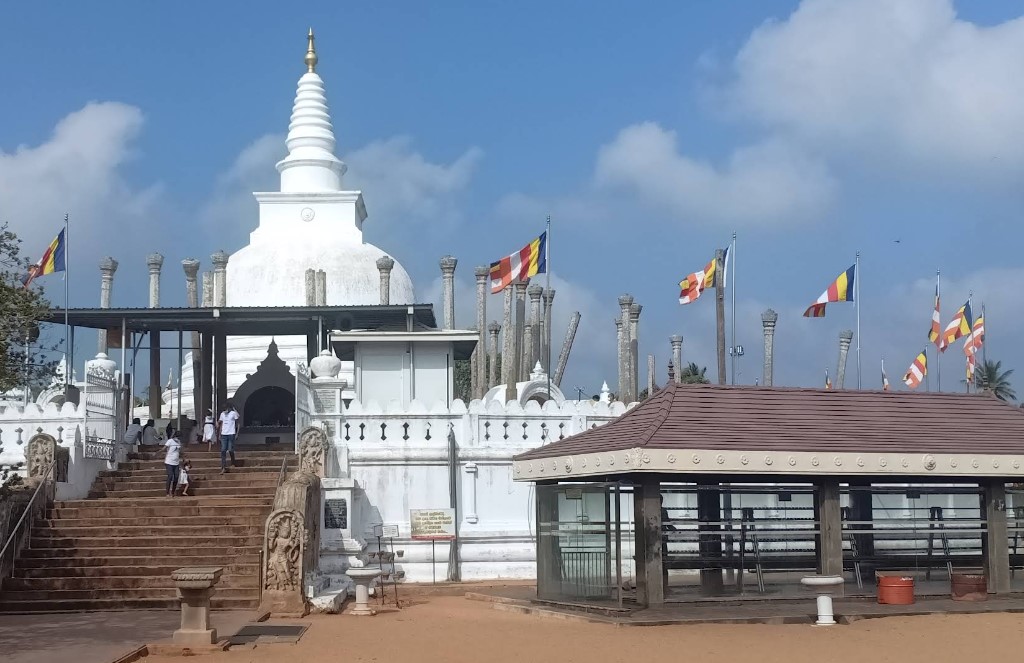
Architectural Features
Thuparamaya’s original structure has been rebuilt and renovated many times over the centuries due to invasions, natural decay, and changes in architectural fashion. Despite this, it has retained its fundamental structure as a hemispherical stupa, a classic timeless form of early Buddhist architecture.
Thuparamaya is on a circular granite platform with a vatadage, or circular shrine, enclosing it, which is believed to have been added in subsequent renovations. This vatadage features concentric rows of stone columns, once believed to have supported a wooden roof over the stupa, for protection or ceremony. The stupa itself stands approximately 19 meters (62 feet) in height and 59 feet in diameter.
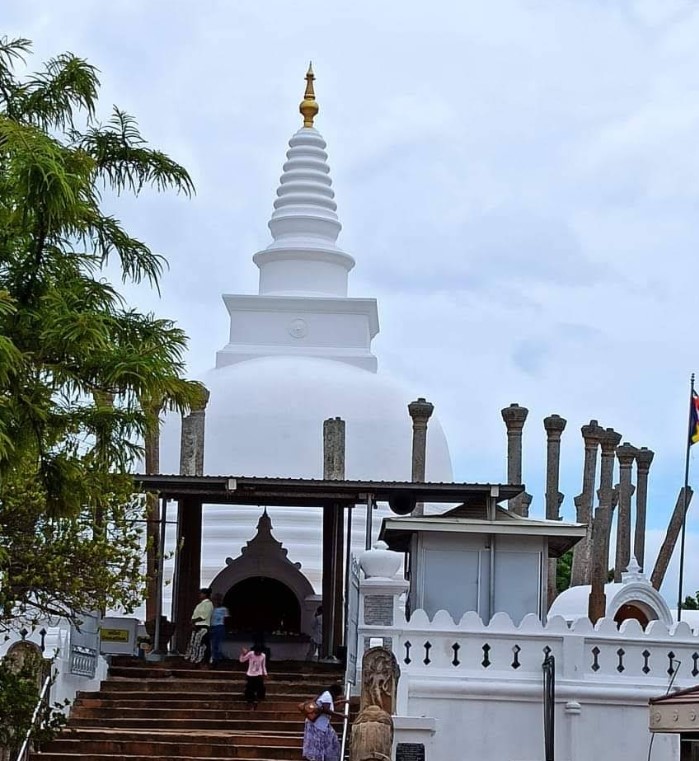
One of the defining features of Thuparamaya is its bell-shaped dome, which was a model for the many later Sri Lankan stupas. The combination of stone masonry, geometric harmony, and symbolic function makes it one of the most architecturally significant of the ancient Anuradhapura monuments.
Religious Significance
Thuparamaya is highly revered by Sri Lankan Buddhists. Housing a relic of the Buddha—his right collarbone—along with this provides it with the status of a relic shrine (chetiya) and a focus of veneration and pilgrimage. Pilgrims have visited Thuparamaya for centuries to make offerings of flowers, light oil lamps, and recite verses of homage.
The stupa also symbolizes the values of the “Dharmachakra” (wheel of Dharma), and its construction marks the beginning of Buddhism as a state religion in Sri Lanka. It was not only a place of worship, but a religious study center, a meditation site, and a community gathering place.
In addition, the temple played an integral part in monastic life since it was surrounded by a residential complex for monks. Such a close link between monastic and lay life helped Buddhism to take strong roots in Sri Lankan society.
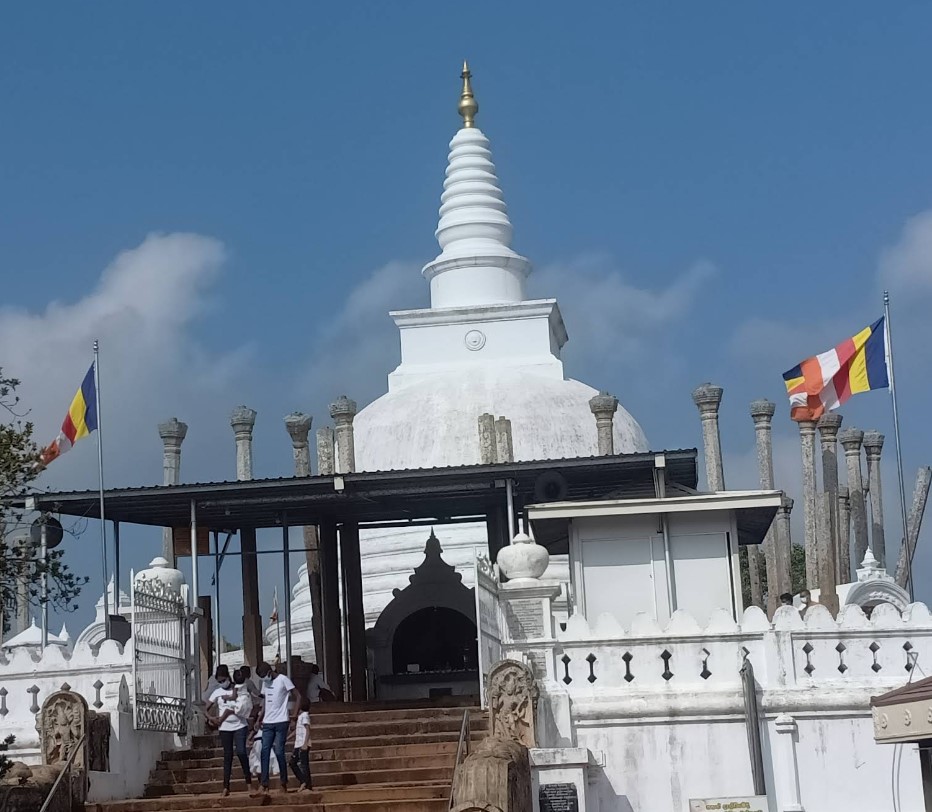
Thuparamaya in the Context of Anuradhapura
Anuradhapura, the ancient capital where Thuparamaya is located, is one of the world’s longest continually occupied cities and a UNESCO World Heritage Site. The city was the center of Sri Lankan civilization for over a millennium, and it’s packed with massive stupas, monastic complexes, and royal palaces.
Here, Thuparamaya was the first monument of the sacred city, from which the later grandeur and scale of Buddhist architecture were modeled. Later structures like Ruwanwelisaya, Jetavanaramaya, and Abhayagiri Dagoba were influenced by the architectural style and religious symbolism of Thuparamaya.
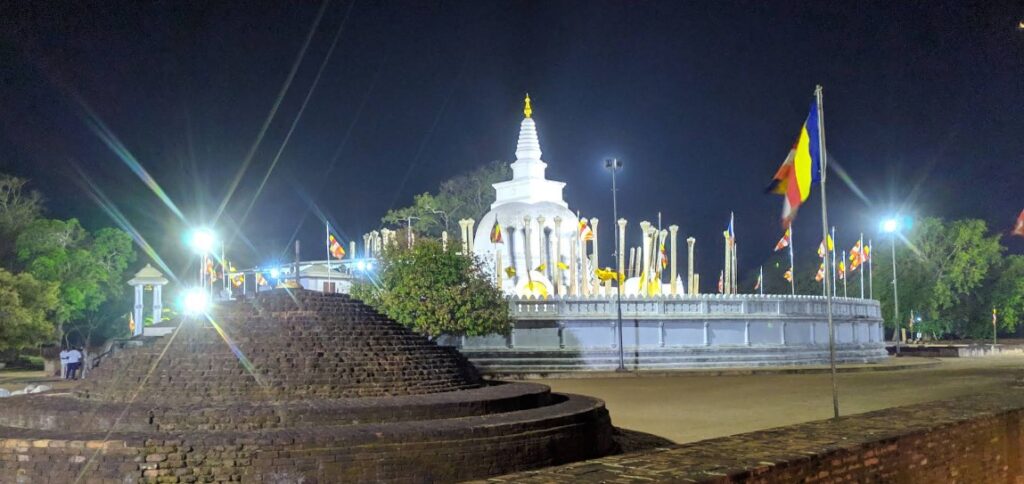
Renovations and Preservation
Thuparamaya has suffered natural decay, invasions, and periods of desertion over its long history. But it has also been the focus of restoration efforts by successive kings and governments through the ages. Especially noteworthy was the restoration of the stupa in the reign of King Aggabodhi II (7th century CE) and in more recent times in the 20th century by the Sri Lankan Department of Archaeology.
Conservation efforts continue to preserve the site from weathering and maintain its structural integrity. Not only are these important for religious reasons, but also for educational and cultural preservation.
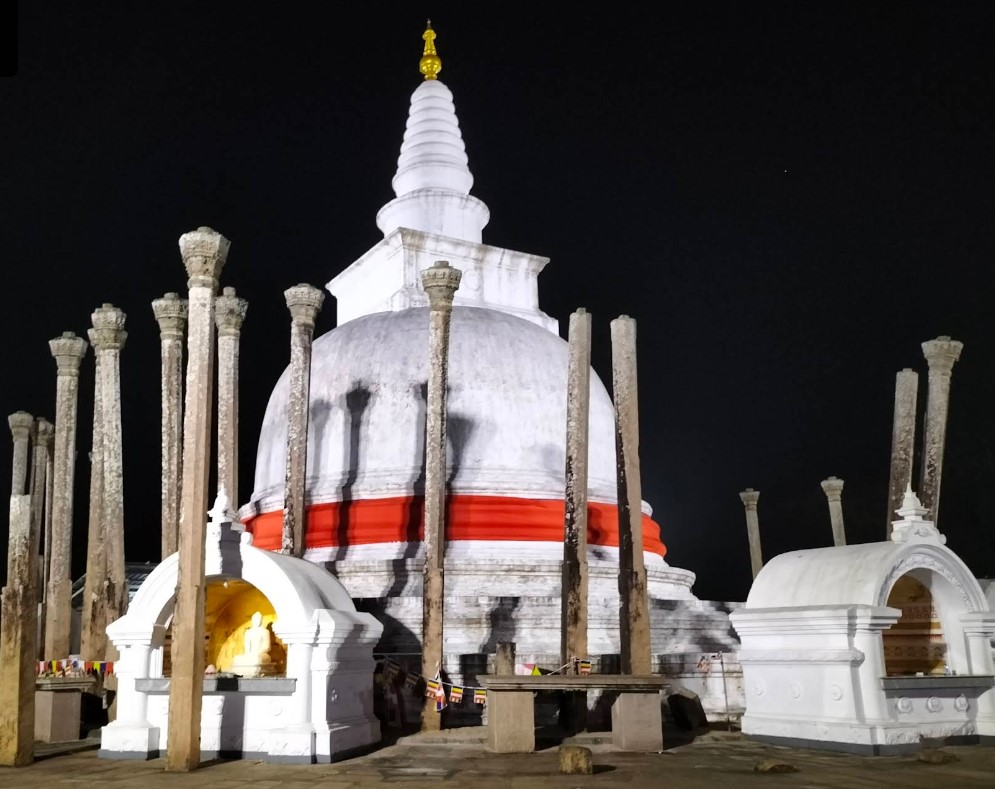
Pilgrimage and Cultural Significance Today
Thuparamaya continues to be a working place of worship and is one of the most significant points on the pilgrimage route around Anuradhapura. Pilgrims from across Sri Lanka and even abroad visit the site, particularly on Poya (full moon) days, which are sacred in Buddhism. They walk around the stupa in pradakshina clockwise with uncovered feet, make offerings of flowers and incense, and recite gathas (Buddhist hymns).
Aside from religious importance, the temple is part of Sri Lanka’s national heritage. It is oftentimes studied by students of history, architecture, archaeology, and religious studies. The rituals held at Thuparamaya, including almsgiving, meditation, and preaching, link ancient tradition to modern religious practice.
Lessons of Thuparamaya
Thuparamaya is not just a heritage structure but represents a system of values that have defined Sri Lankan civilization: Spirituality and Peace: Founded upon Buddhist ideals of nonviolence and compassion. Resilience: Having survived invasions and natural disasters to remain a source of faith.
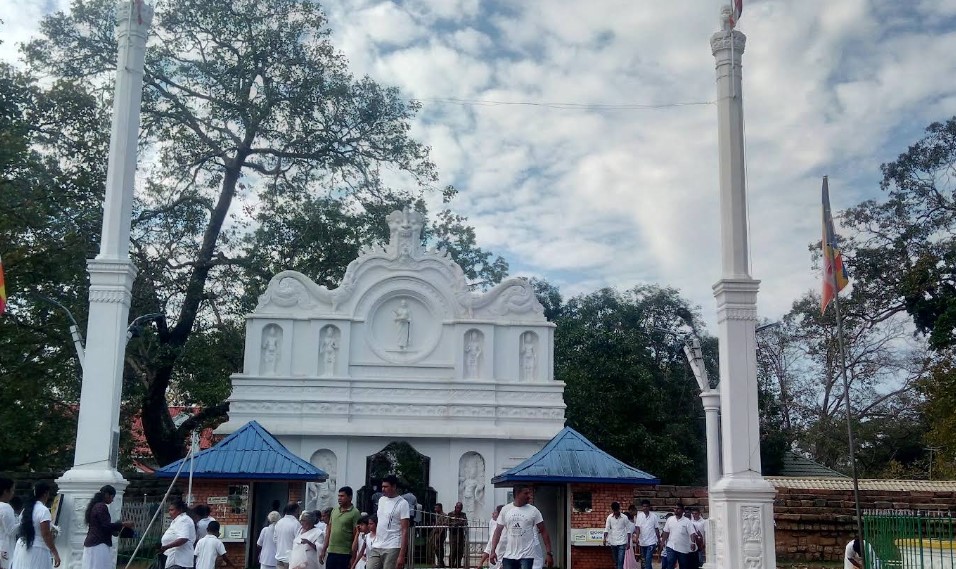
Artistic and Engineering Ingenuity: Reflecting early excellence in stupa design, stone construction, and spatial planning.
Cultural Continuity: Remaining relevant for over two millennia as a religious as well as cultural monument.
To contemporary society, Thuparamaya reminds us of the importance of maintaining culture, spiritual awareness, and respect for the past.
Not only is the Thuparamaya Temple the island’s oldest stupa, but it is also a cornerstone of the nation’s religious and cultural identity. It marks the historic event of the establishment of Buddhism on the island, which opened doors to the rich religious heritage that exists to this day. Through centuries of change, war, and restoration, Thuparamaya stands as a witness to faith, wisdom, and human ingenuity. It is where the past speaks to the present eloquently, calling us to honor, conserve, and learn from our inheritance.
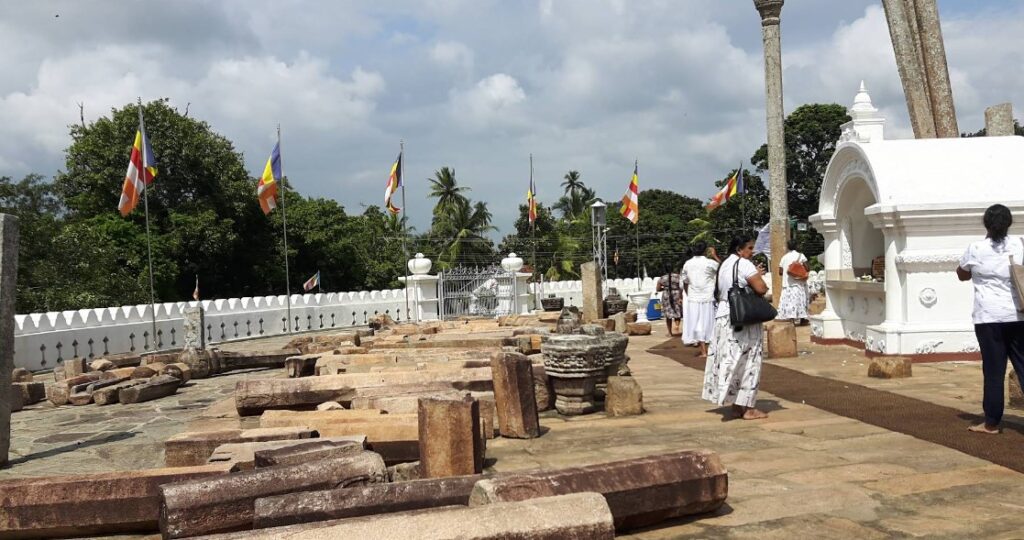
Where is Thuparamaya Temple?
- Location: Sacred City of Anuradhapura, Sri Lanka
- Nearby Landmarks: Ruwanwelisaya, Sri Maha Bodhi, Lovamahapaya
- Google Maps: Search for “Thuparamaya”
How to Reach Anuradhapura
From Colombo
- By Car/Taxi:
- Duration: ~4.5 to 5 hours
- Route: Colombo → Negombo → Kurunegala → Anuradhapura
- Option: Taxi or private vehicle (book via PickMe or local services)
- By Trains:
- From: Colombo Fort Railway Station
- Duration: ~5–6 hours
- Book in advance (choose Intercity Express or AC compartments)
- By Bus:
- From: Colombo Central Bus Stand (Pettah)
- Duration: ~5–6 hours
- Look for: CTB or private buses to Anuradhapura (frequent services available)
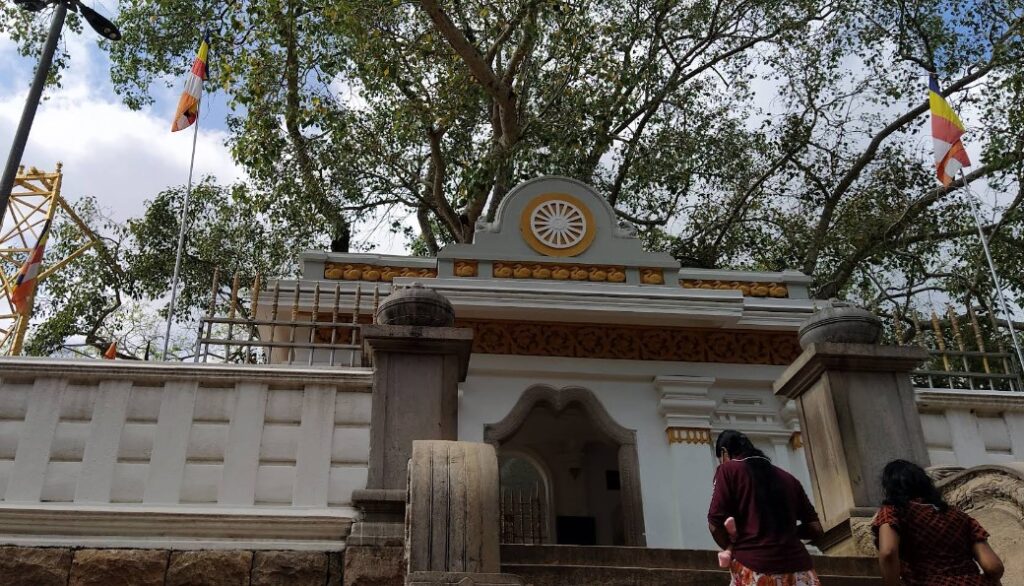
From Kandy
- By Car: ~3.5 to 4 hours
- By Bus: Direct buses available from Kandy to Anuradhapura
- By Train: Limited direct routes; check availability via Sri Lanka Railways
Getting to Thuparamaya from Anuradhapura Town
Once you’re in Anuradhapura town:
By Tuk-Tuk:
- Ask for “Sacred City” or “Thuparamaya”
- Tuk-tuks are available near bus/train stations and hotels
- Negotiate price or use a metered tuk-tuk if available
By Bicycle:
- Many tourists rent bicycles to explore the Sacred City
- Rental Cost: Around LKR 500–800 per day
- Ideal for visiting nearby ruins and temples like Ruwanwelisaya, Abhayagiri, and Jethawanaramaya
On Foot:
- If you’re staying nearby, it’s walkable — but distances within the Sacred City are large, so prepare for a long walk
Entrance & Visitor Information
- Thuparamaya is located within the Sacred City of Anuradhapura
- Entry for foreigners: Covered by the Cultural Triangle Ticket
- Price: ~$25–30 USD for entire site access
- Tickets available at the main entrance/ticket office
Best Time to Visit
- Morning (7 AM – 10 AM) or late afternoon (4 PM – 6 PM)
- Dry season (May to September) is ideal for travel
